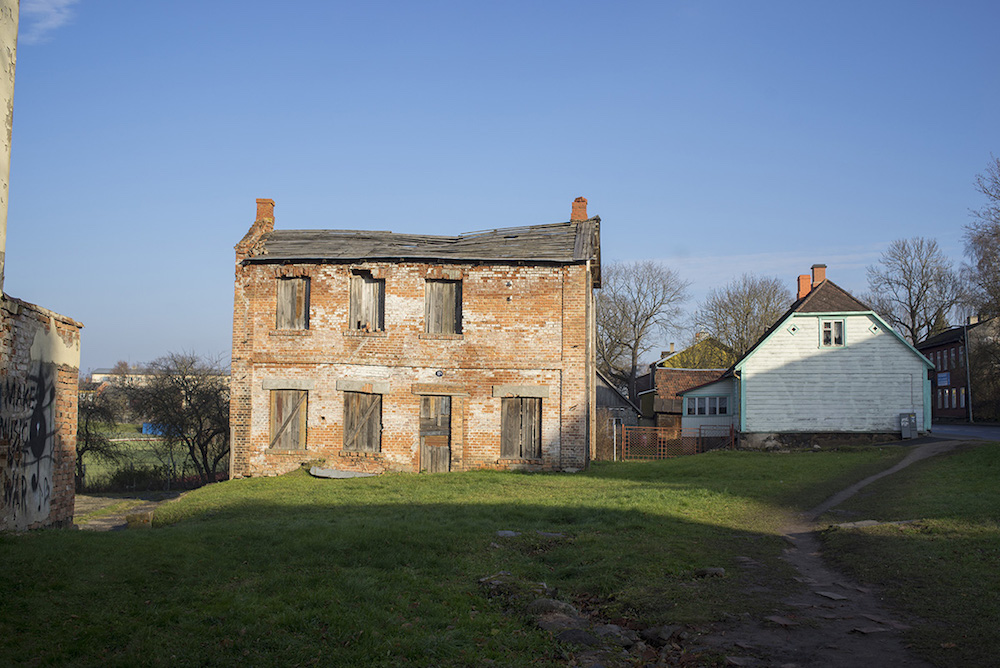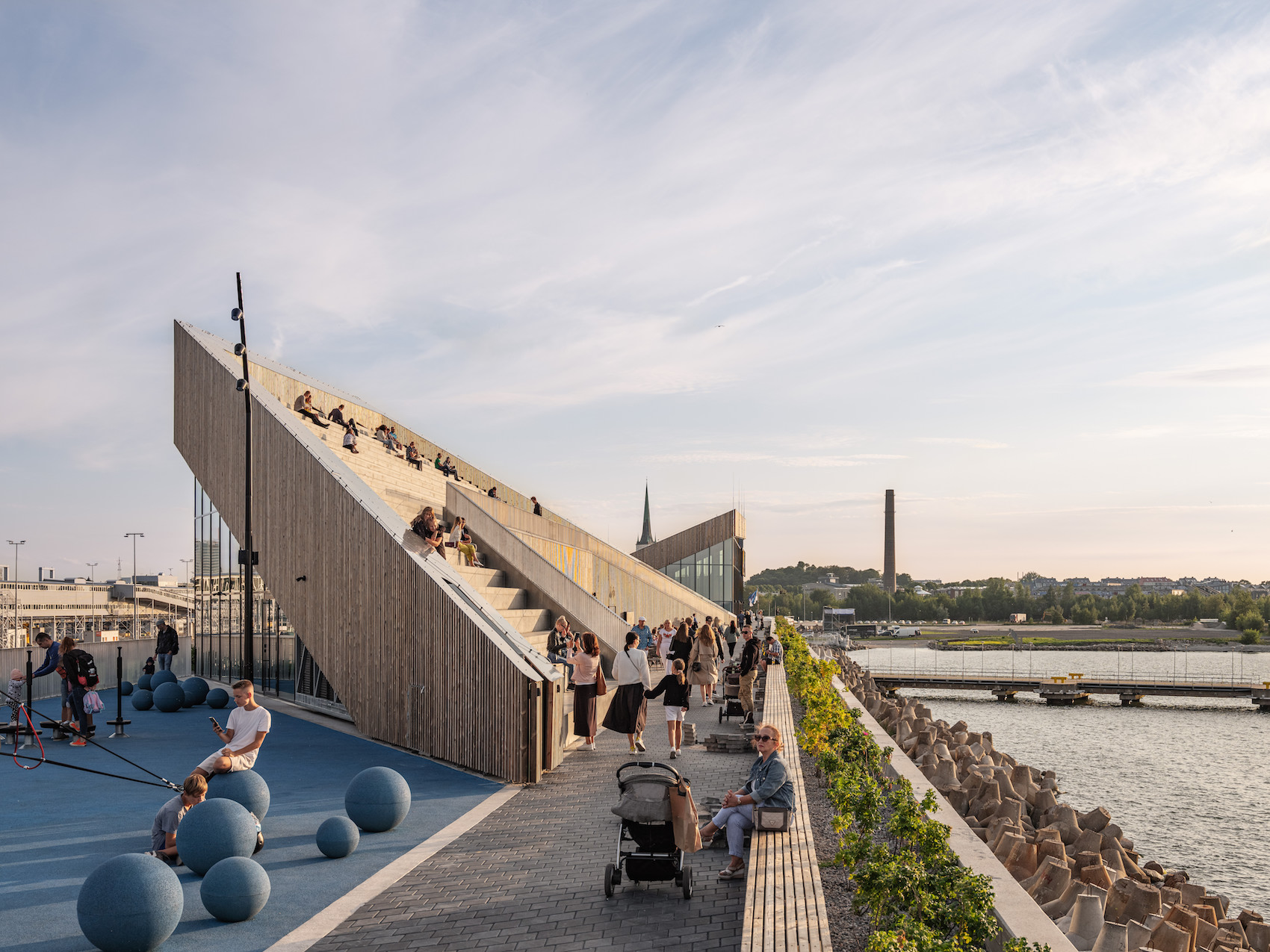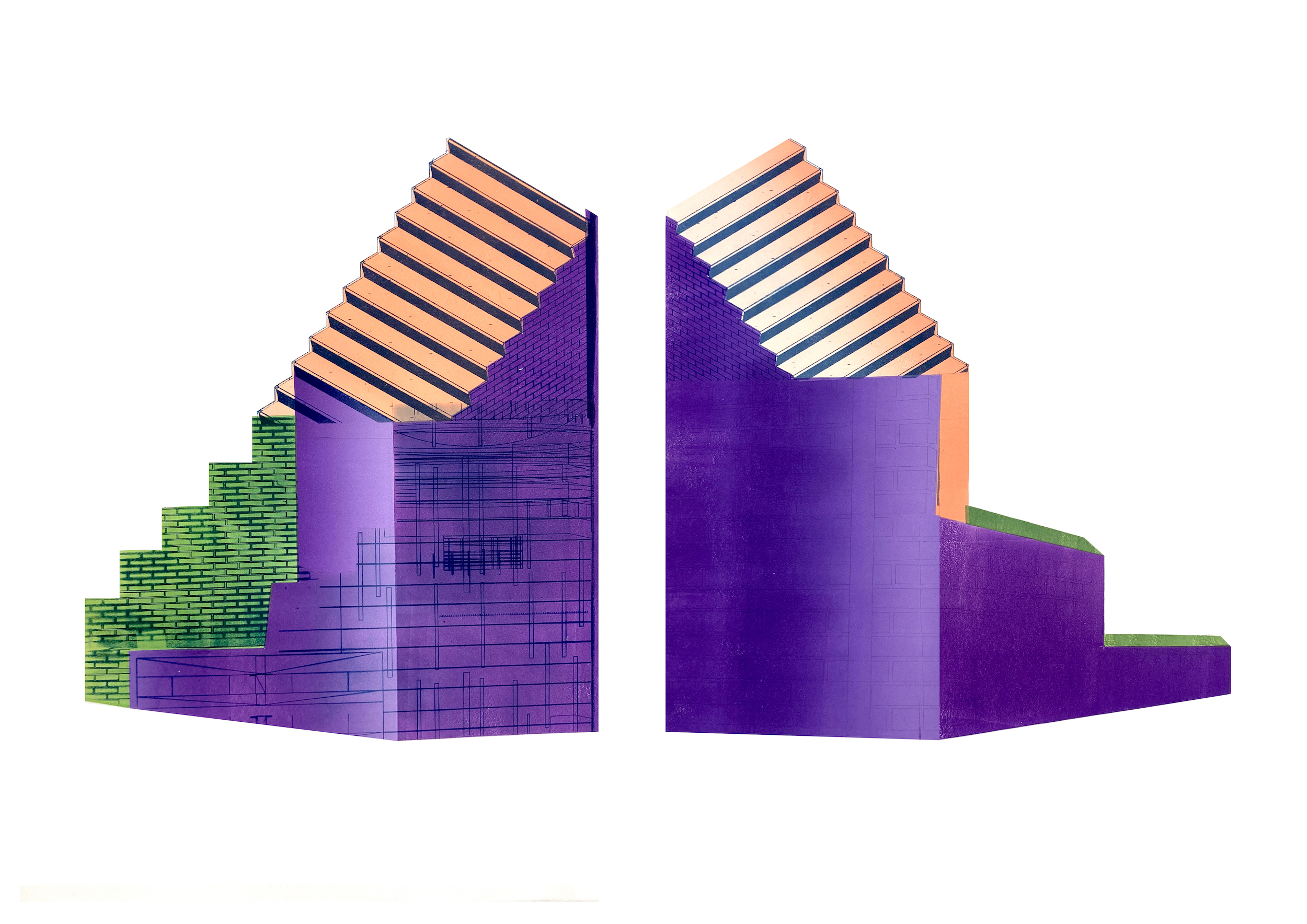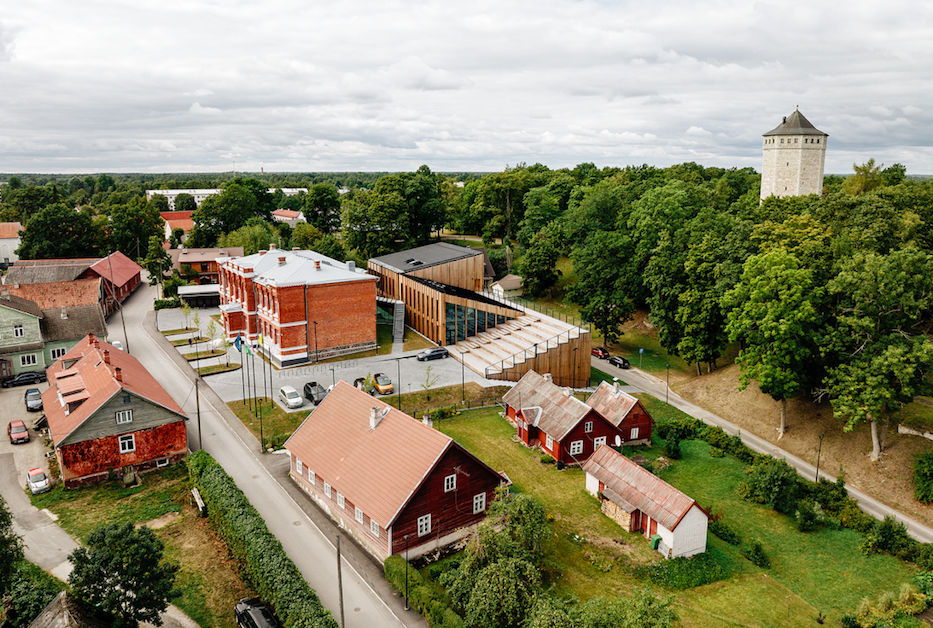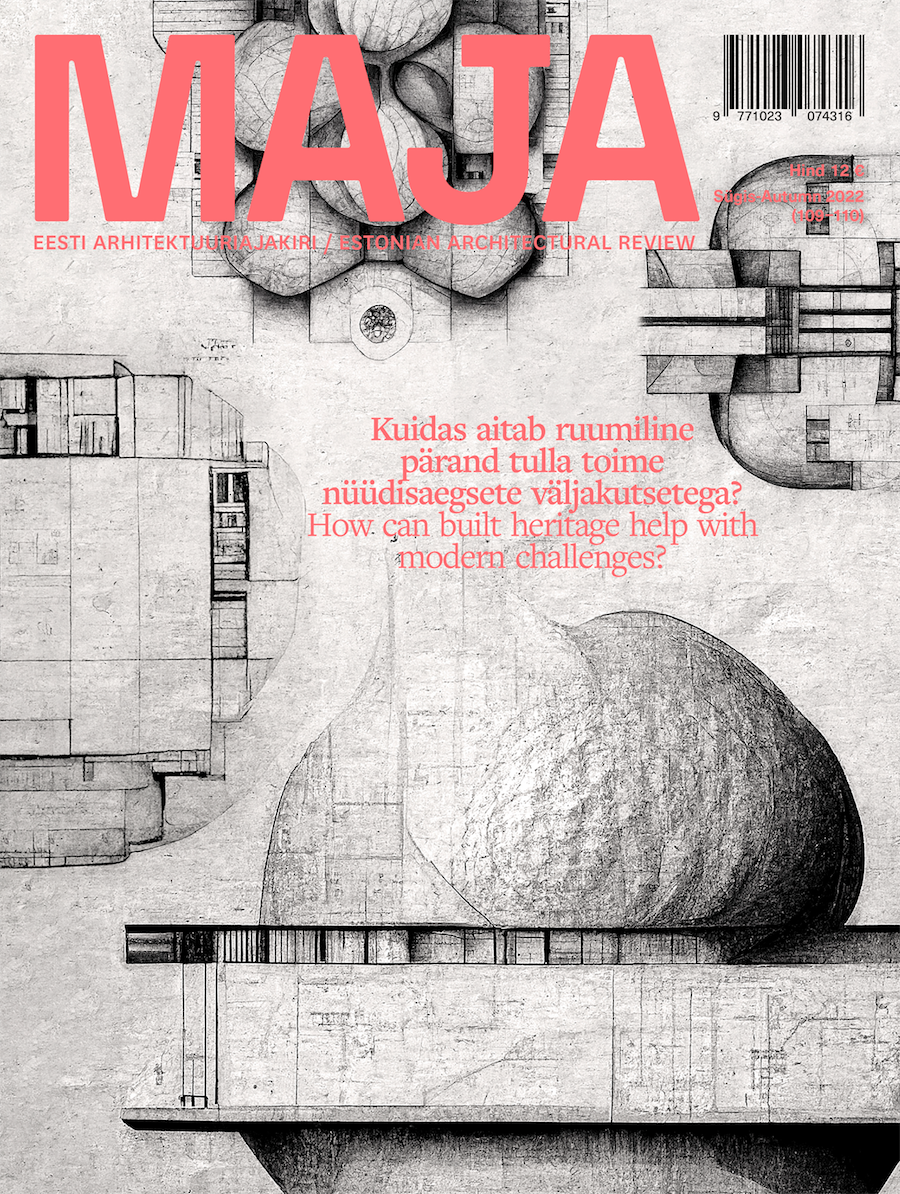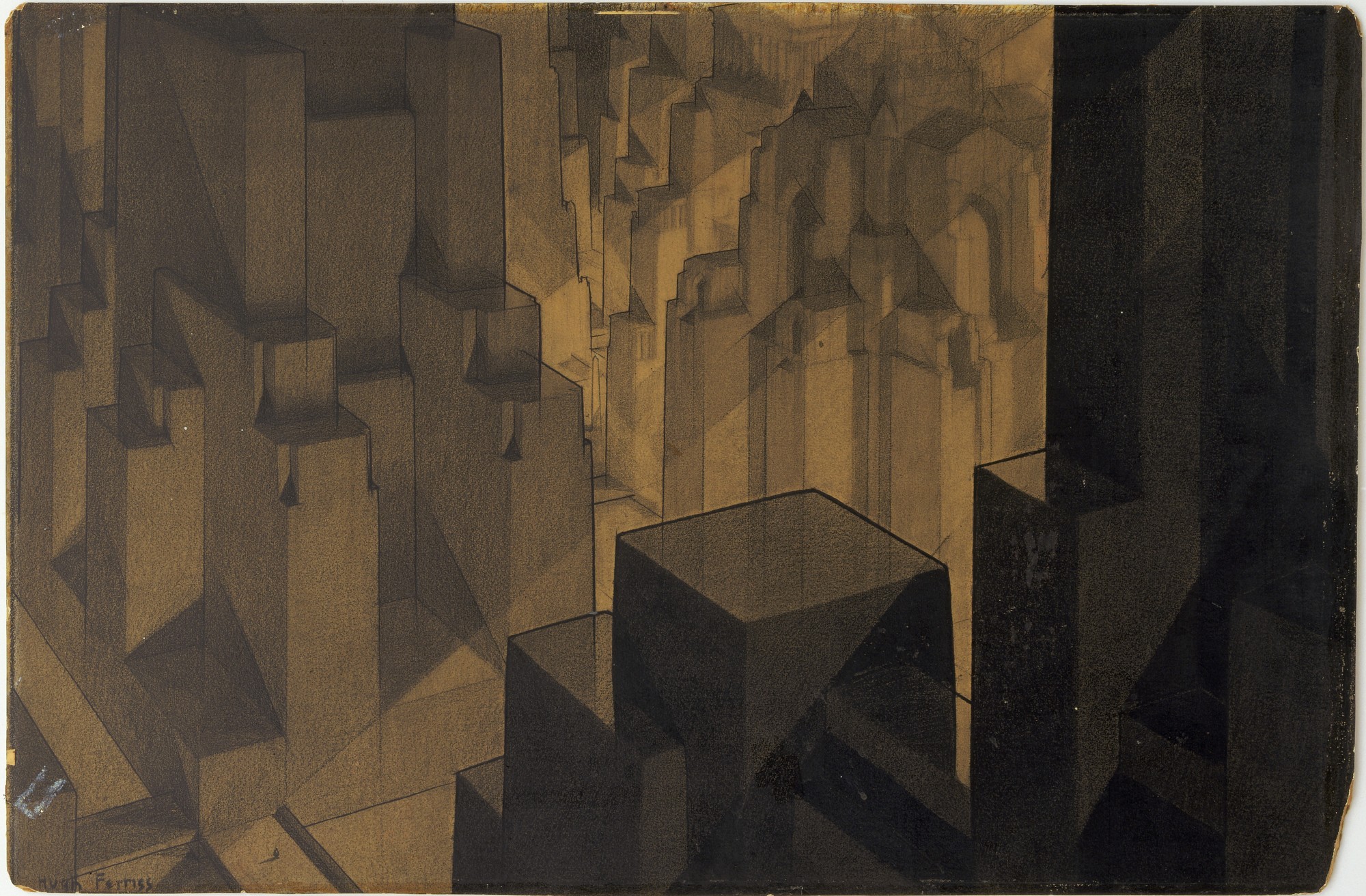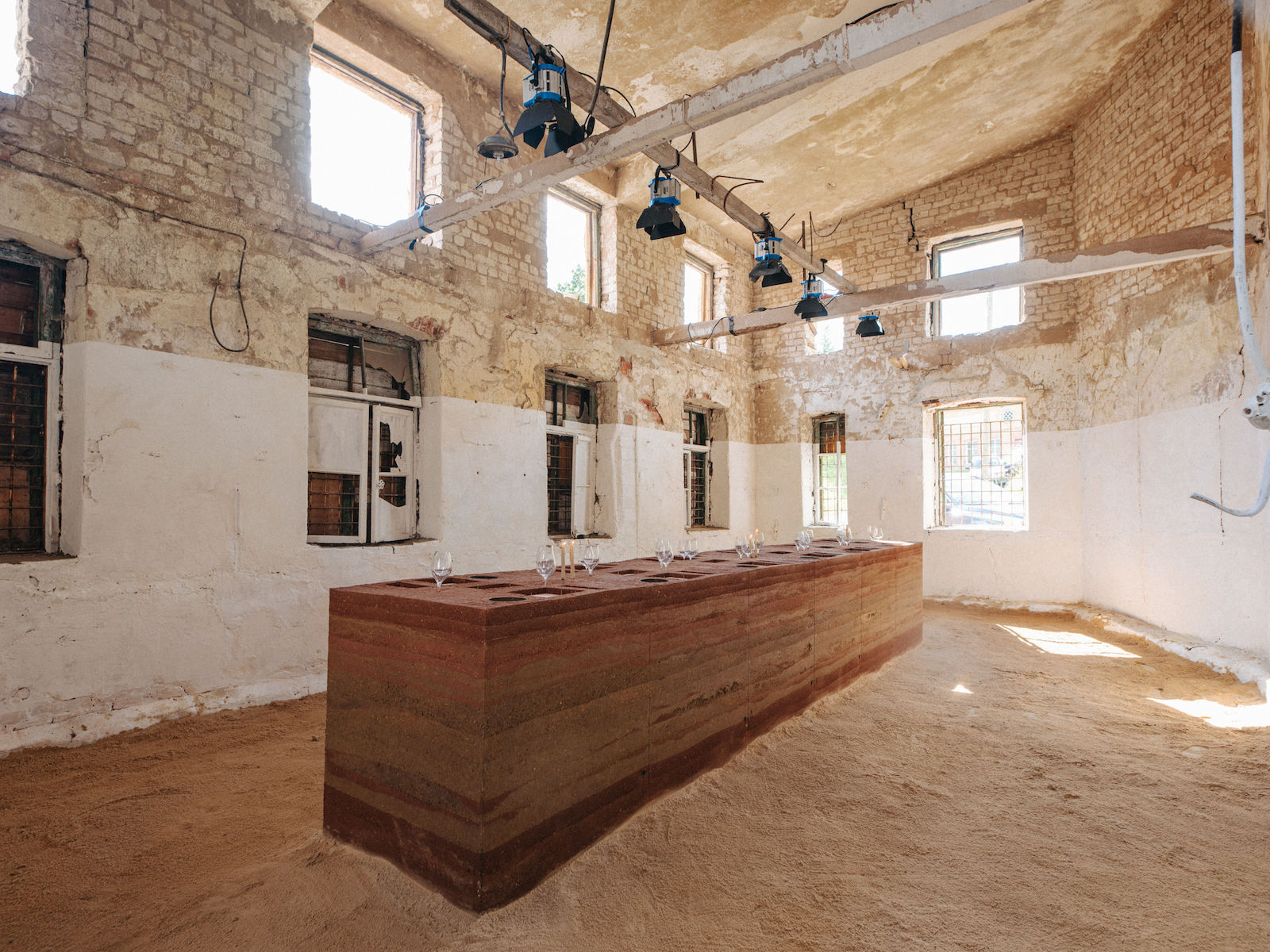A Vision for Hundipea
What kinds of forces bear upon the process of creating a new urban area today? What urban development questions do we already have a grip on? What issues are we still grappling with and how? Indrek Allmann recounts the journey toward climate-neutral Paljassaare.



